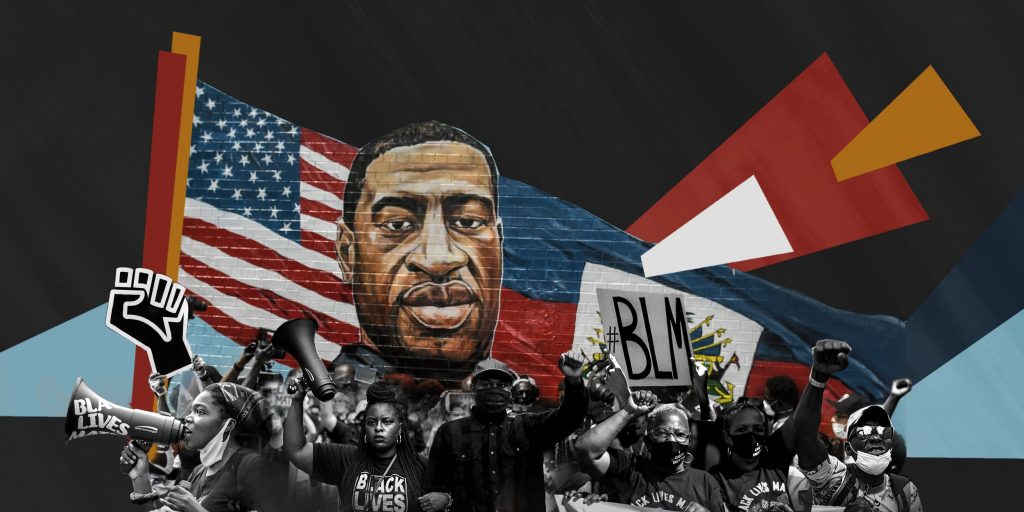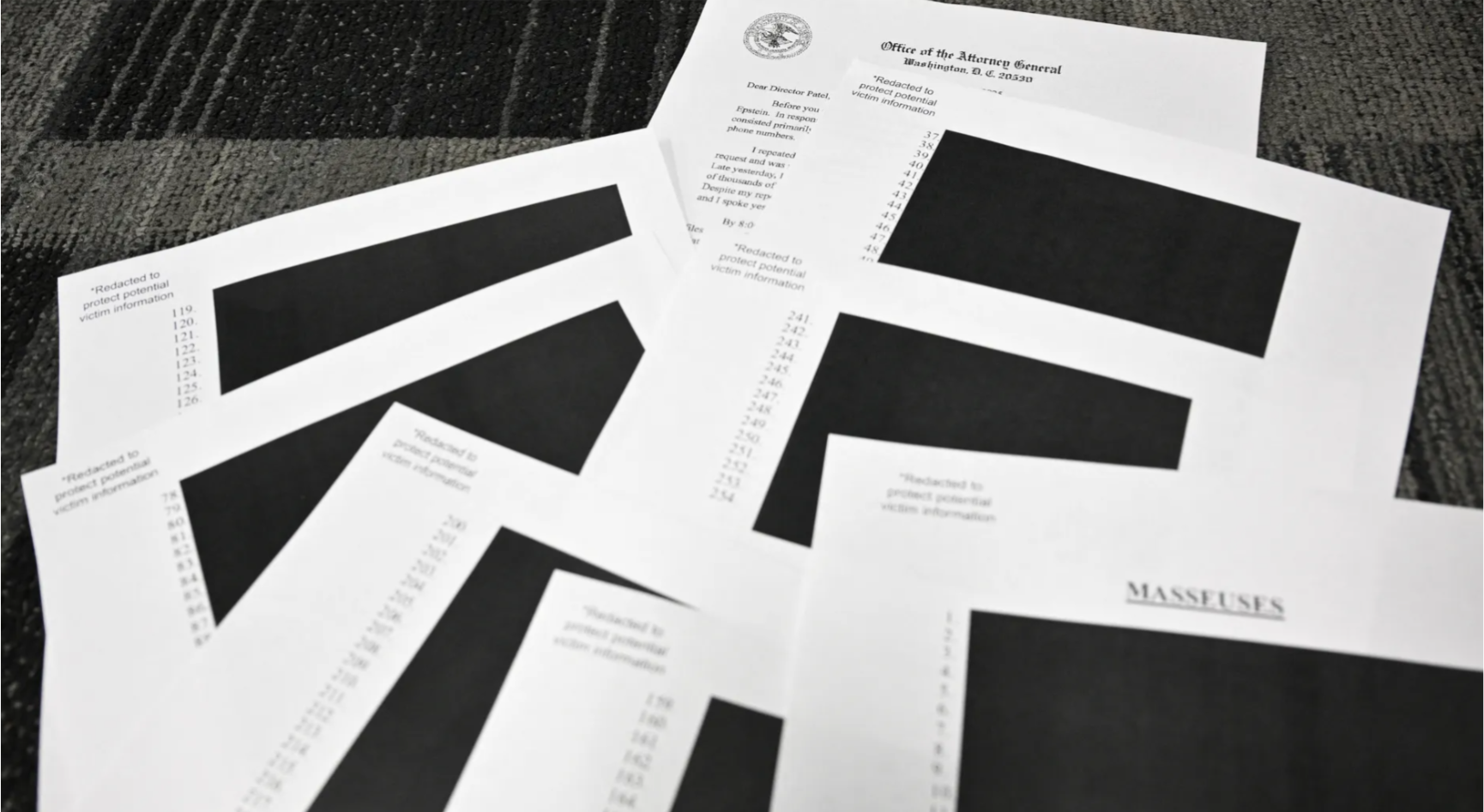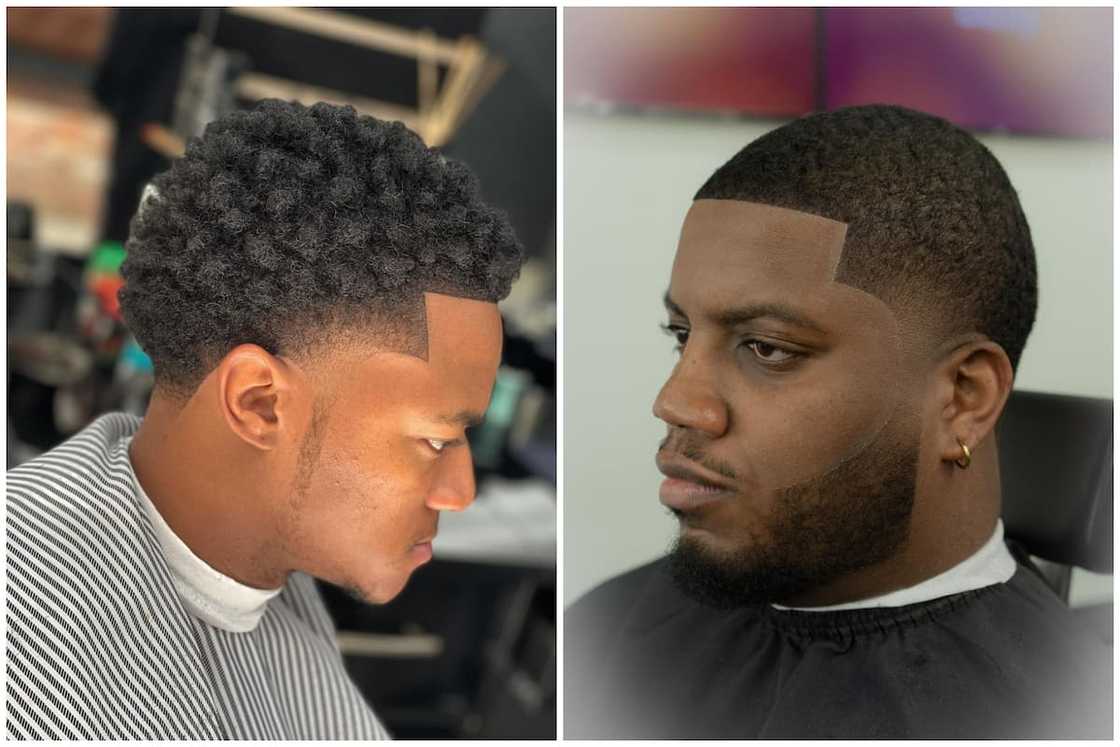(ThyBlackMan.com) Ma’Khia Bryant, Andrew Brown Jr., Daunte Wright, Adam Toledo, Michael Hughes, have two things in common. One, they were slain by police officers in five different cities after the start of the trial of former Minneapolis police officer Derek Chauvin. or worse, after his conviction for the torture and murder of George Floyd. Two, they were as usual either young Blacks or Hispanics.
Now, they’re just the best-known names of post-Chauvin trial police shooting victims. Sixty more police slaying victims can be added to the list. This adds up to a rate of about three police killings a day in the time since Chauvin’s conviction.
There are a couple of ways to look at the grim death toll. The first is that cops are sending a deadly message that Chauvin will in no way change things. They will continue to resort to deadly gunplay even in the most dubious circumstances. Their message: Police will continue to police in mostly minority communities the same way, up to and including the use of force. The other way to look at the post-Chauvin police violence is that there is still a crying need to make real police reform a top national priority.

There’s not much hope here. The House passed George Floyd Police Reform Act still is buried deep in the Senate with no sign of any movement to get final passage. Not one GOP House member backed the bill. To get passage, President Biden and the Democrats ran like crazy from any hint that defunding the police would be part of the bill. This was a prime cry of the massive police reform protests in the wake of the Floyd killing. Months after the Floyd killing, a poll before the start of the Chauvin trail found that fewer persons than in the immediate aftermath of Floyd’s killing saw Chauvin’s action as murder. Polls taken on the first anniversary of the Floyd murder show a nation divided on the issue of race and police killings. Millions see absolutely no connection between the two.
The Chauvin conviction did not answer the perennially tormenting question just why is it still near impossible to fire, let alone arrest, prosecute, and convict cops like Chauvin who overuse deadly force? Chauvin almost certainly would not have been one of the rare cops hauled before a court docket if tens of millions hadn’t been shocked at the video and heard the audio that showed in graphic, brutal, and drawn-out detail Floyd in his death agonies on the ground with Chauvin’s knee on his neck. Even then if Minneapolis and other cities hadn’t been rocked by furious and even violent protests, Chauvin still may have walked.
Though Chauvin was fired, there was much foot-dragging by county prosecutors on what if any charges they’d bring against him. Minnesota Attorney General Keith Ellison saw the fast-developing PR and political nightmare of an unprosecuted Chauvin and quickly stepped in to charge him. Ellison intervened again to take charge of the prosecution of former Brooklyn Center, Minnesota police officer Kim Porter in the murder of Daunte Wright. He wants a conviction and there’s no guarantee there will be one if the prosecution is left to local prosecutors given their cozy relationship with cops and their refusal to prosecute police abuse cases.
It’s an uphill battle for prosecutors to overcome both pro-police attitudes and negative racial stereotypes. In past studies, Stanford University researchers found that even when many whites are presented with evidence that the criminal justice system is loaded with a racial bias toward Blacks, they are more likely to support tough, draconian laws such as three strikes, tough sentencing, and increased incarceration.
The negative perceptions of Blacks, especially Black males, by much of the public are not the only problem in effecting effective legal measures against police violence. Floyd was trashed continually as a hyped-up, violence-prone ex-con. It didn’t work in this case. But there was no lack of effort by Chauvin’s defense team to sell the stereotype.
The Chauvin conviction left dangling one more problem that ensures cops that use wanton deadly force will skip away free. There is no ironclad standard of what is or isn’t an acceptable use of force in police misconduct cases. It often comes down to a judgment call by the officer. In the Rodney King beating case in 1992 in which four LAPD officers stood trial, defense attorneys painted King as the aggressor and claimed that the level of force used against him was justified. This pattern has been evident in many celebrated cases since then. Police claim that they feared for their lives in confronting civilians, and they use deadly force solely in self-defense.
The mounting police slaying death toll one year after the Floyd murder stands as a brutal testament to this. Chauvin’s conviction did nothing to stop cops from blatantly using deadly force—and getting away with it.
Written By Earl Ofari Hutchinson
One can find more info about Mr. Hutchinson over at the following site; TheHutchinson Report.
Also feel free to connect with him through twitter; http://twitter.com/earlhutchins
He is also an associate editor of New America Media. His forthcoming book is From King to Obama: Witness to a Turbulent History (Middle Passage Press).

















Great piece. What we all need to keep in mind is, there are approximately 18,000 different types of Law Enforcement Units under various names across this nation, primarily directed by the majority white population.
It’s the Trend that is so Important!
IT’S THE TREND OF THESE KILLINGS THAT WE NEED TO PAY ATTENTION TO. BLACKS ARE DYING AT 2 AND 1/2 TIMES THE RATE OF WHITES AT THE HANDS OF LAW ENFORCEMENT AND THAT TREND DOESN’T APPEAR TO BE ABATING.
Let none of us be foolish, we all should engage as often as possible, when it is possible, wherever it is possible in reversing this trend. If you are not engaged, ask yourself when will I engage, when the trend is 4 times the rate of whites or 5 times the rate of whites? Just think, if we allow this upward trend to become common, there are 18,000 of these agencies that could make a contribution to these statistics.